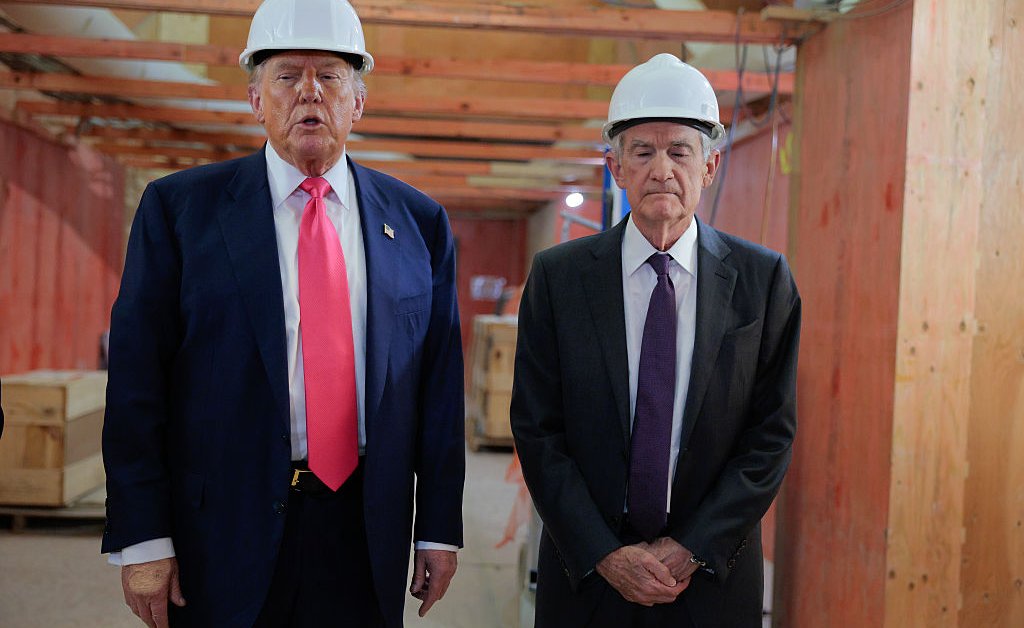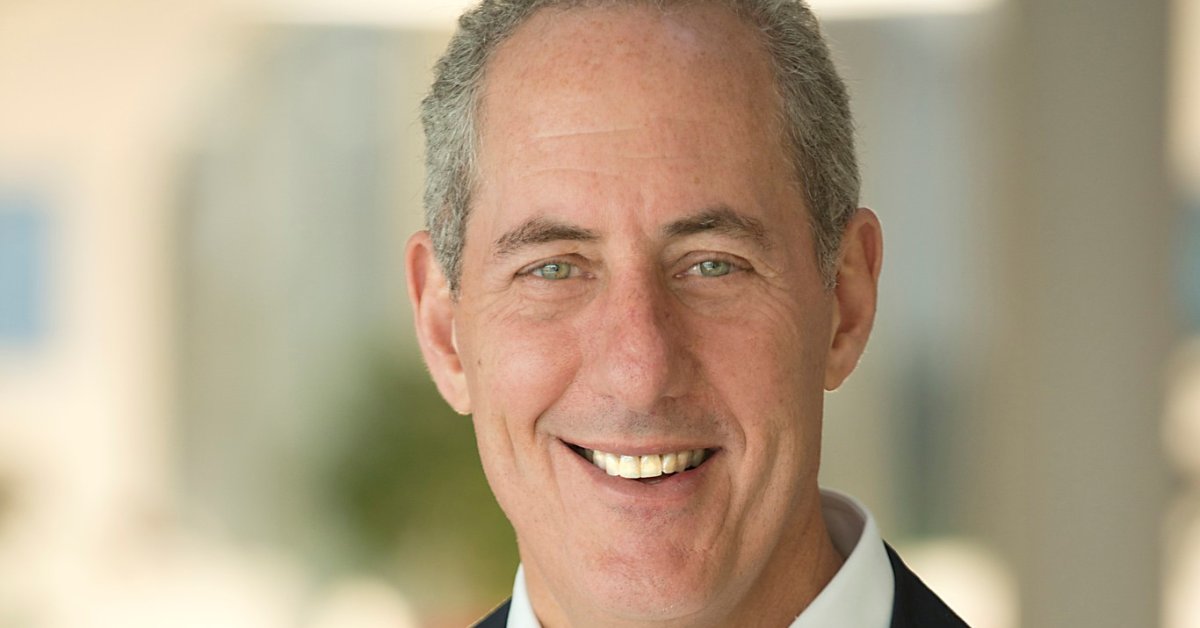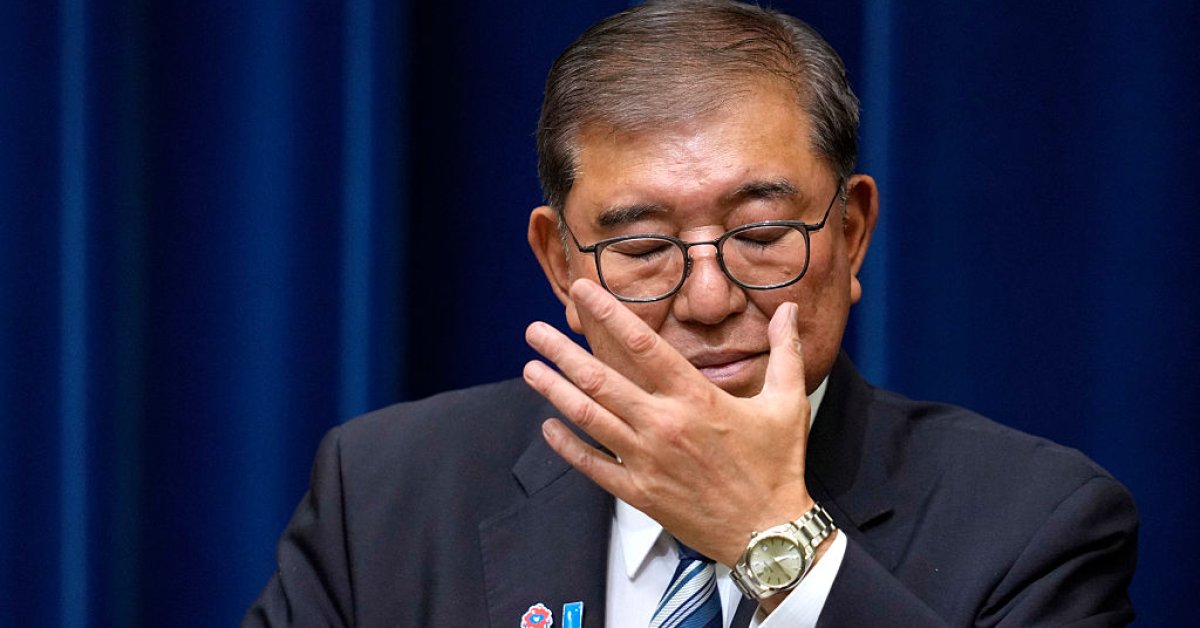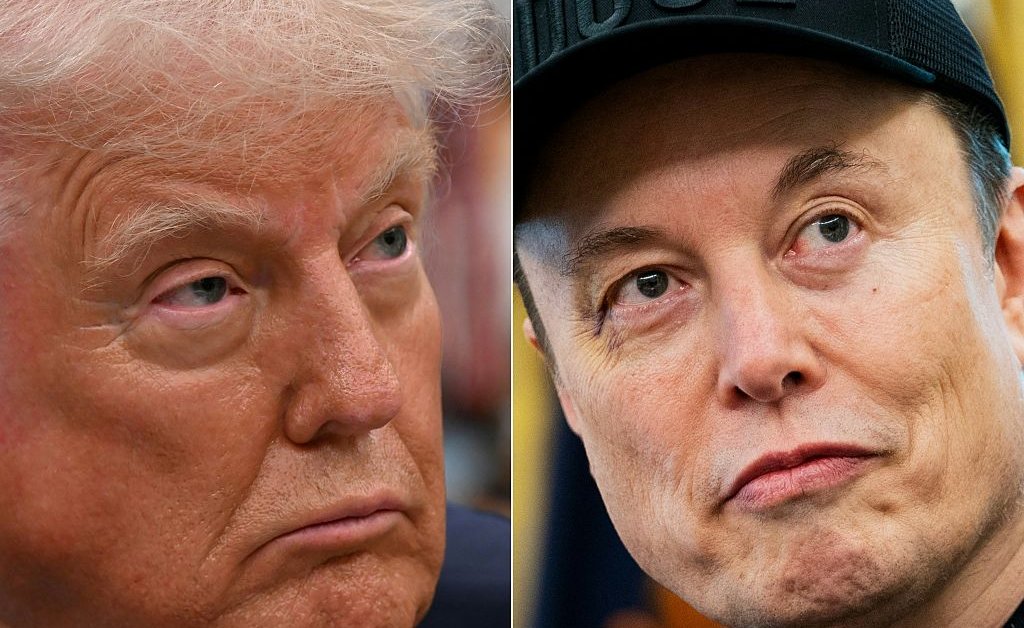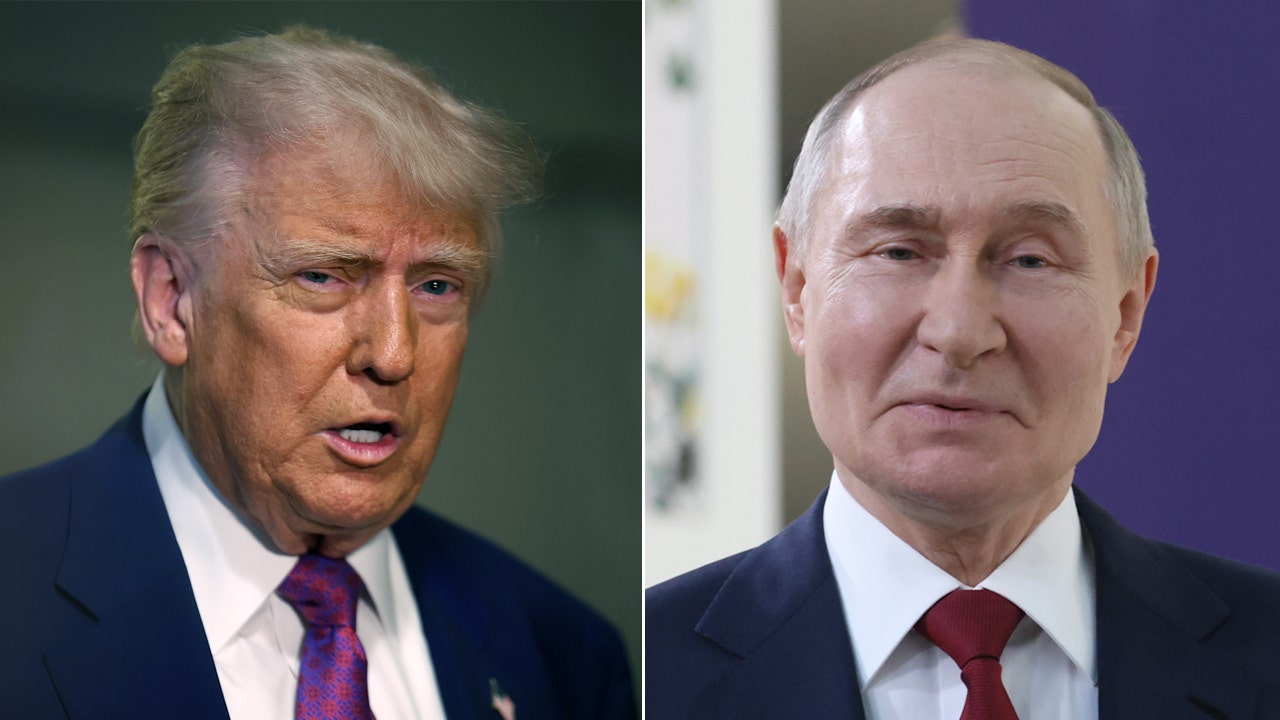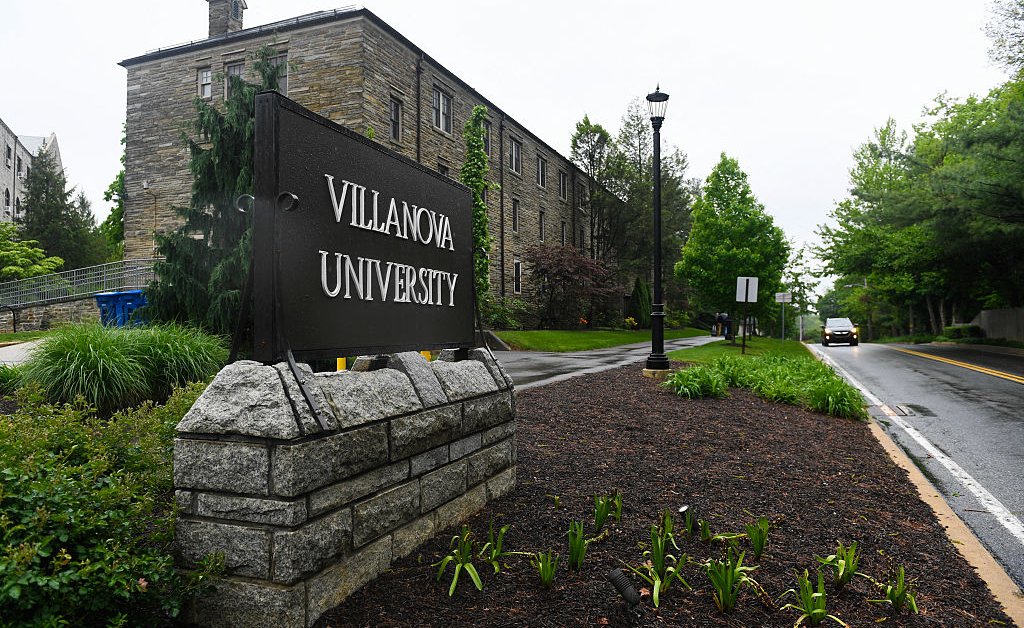President Donald Trump strode through the Federal Reserve’s construction site on Thursday, wearing a white hard hat as he inspected scaffolding and stacks of plywood. At his side was Jerome Powell, the central bank’s chair whom Trump would love to replace.
The two men stood shoulder to shoulder in front of reporters as Trump claimed the renovation had ballooned to $3.1 billion. Powell closed his eyes and shook his head. “I haven’t heard that from anybody,” he said. The figure, he explained, included a separate project completed years earlier. Trump waved it off, joking that as a real estate developer, he would fire the project manager if they overspent.
Trump’s visit marked the latest escalation in his pressure campaign against Powell to lower interest rates or resign as the central bank’s chairman. “I’d love for him to lower interest rates,” Trump said, patting Powell on the back when asked if he would back off his criticism of the Fed chair.
The last sitting president to visit the Fed was George W. Bush, who attended the 2006 swearing-in of then-chair Ben Bernanke. But Trump has toyed with the idea of firing the Fed chair, or at least laying the groundwork to do so before his term expires in May.
No Fed chair has ever been removed by a President, and it’s not clear if Trump even has the authority to fire Powell. In recent weeks, Trump has seized on the $2.5 billion cost of renovations at the Fed as a symbol of mismanagement, raising speculation he might cite the project in an attempt to fire Powell for cause. “I think it sort of is” grounds for removal, Trump said last week, before adding that Powell would be out of office in “eight months anyway.”
Asked on Thursday if he still considers the project a fireable offense, Trump said: “Look, I would love to see it completed. I don’t want to put that in this category.”
“I see a very luxurious situation taking place,” Trump added, explaining that the Fed’s decision to build underground is too costly and overly complex.
On paper, the renovation is technical and overdue: new wiring, new ventilation systems, the removal of lead and asbestos, and the installation of modern security infrastructure across the Marriner S. Eccles Building and its neighbor at 1951 Constitution Avenue.
Here’s what to know about the Fed’s renovations and why Trump is making such a big deal about it.
Why are the Fed’s renovations so expensive?
The renovations underway at the Federal Reserve involve fundamental overhauls of two buildings that haven’t seen major upgrades since the 1930s. It includes asbestos abatement, modernization of all mechanical systems, blast protections, three new underground levels, and extensive historical preservation. According to the Fed, staff had complained about leaky ceilings, outdated electrical wiring, and security features that did not meet modern standards.
The Marriner S. Eccles Building, constructed in 1937, and its neighbor at 1951 Constitution Avenue are both listed on the National Register of Historic Places. That designation imposes strict constraints on any renovation. Design choices must conform to historical standards and be reviewed by multiple federal bodies, including the Commission of Fine Arts and the National Capital Planning Commission.
Adding to the challenge is the site’s geography. Much of the construction takes place underground, in an area plagued by a high water table.
The effects of tariffs and inflation also played a role in driving up costs, Fed officials said. When the Fed first updated its budget in 2023 to $1.9 billion, officials said they had accounted for these pressures. But additional modifications—some requested by external commissions—pushed the total past $2.5 billion. One example: the Commission of Fine Arts, whose members included Trump appointees, recommended in 2020 a switch from modern glass additions to more traditional marble facades, a costly adjustment the Fed accepted.
Then there are security concerns. The central bank is modernizing its defenses against physical threats, including installing blast-resistant windows and seismic shear walls.
The renovation also includes underground parking garages and a tunnel connecting the two buildings—which critics have described as excessive. The Fed says they are standard for secure federal facilities and will reduce surface traffic and security risks over time.
In anticipation of the visit, the Fed on Thursday morning took the unusual step of inviting a small group of reporters to tour the construction site. Inside, they were shown industrial equipment, protective gear, and structural reinforcements like blast-resistant windows and seismic shear walls, according to the AP. Fed staff pointed out areas where lead paint had been abated and an elevator shaft that, contrary to criticism from lawmakers, will be available to all employees, not reserved for VIPs.
What has Trump said about the Fed’s renovations?
Trump has used the renovation project as both a literal and symbolic example of what he has often described as government waste. Speaking to reporters last week, Trump called the construction effort “a disgrace,” and accused Fed officials of overspending at a time when inflation remains high and interest rates are biting into household budgets.
But more broadly, Trump has used the costly renovation to criticize Powell’s leadership. In multiple interviews, Trump has stopped short of saying the project alone justified Powell’s removal, and has stated repeatedly that Powell’s term is nearly up and that he would not reappoint him.
Russell Vought, Trump’s budget director, has echoed those criticisms. “The President is extremely troubled by your management of the Federal Reserve System,” Vought wrote in the letter he posted to social media last Thursday. “Instead of attempting to right the Fed’s fiscal ship, you have plowed ahead with an ostentatious overhaul of your Washington D.C. headquarters.”
Powell, who was originally appointed to a four-year term by Trump in 2018 and later reappointed by President Joe Biden in 2022, has become a lightning rod for criticism from both parties. Trump’s grievances stem from Powell’s reluctance to slash interest rates after aggressive rate hikes during Biden’s presidency, which Trump has suggested were done to tank the economy under a Republican president. “I call him too late. He’s too late all the time,” Trump told reporters this week. “He should have lowered interest rates many times.”
The feud between Trump and Powell is not new, but it has sharpened in recent months as inflation and interest rates remain high. Trump has argued that lower interest rates would boost growth and reduce borrowing costs. However, Powell has insisted that the Fed must maintain its independence and keep rates elevated until inflation sustainably returns to the Fed’s 2% target. The current annual inflation rate is 2.7%.
As Fed chairman, Powell cannot be removed except “for cause.”
“When you spend $2.5 billion on, really, a renovation, I think it’s really disgraceful,” Trump told reporters, adding that he believes it is “sort of” a fireable offense. He later clarified that it was “highly unlikely” that he would fire Powell “unless he has to leave for fraud.”
How has Powell responded?
The Fed Chair has largely avoided direct engagement with Trump’s criticisms, maintaining the institution’s longstanding posture of public neutrality. In a recent press conference, when asked if Trump’s frequent personal attacks against him make it difficult to do his job of leading the nation’s central bank, Powell said: “I’m very focused on just doing my job. I mean, there are things that—the things that matter are using our tools to achieve the goals that Congress has given us: maximum employment and price stability, financial stability. That’s what we focus on, 100%.”
In a response letter to the Trump Administration last week regarding the renovations, Powell wrote that “we take seriously the responsibility to be good stewards of public resources” and “we have taken great care to ensure the project is carefully overseen since it was first approved by the Board in 2017.” He added that the Fed had made a small number of design changes to scale back or eliminate certain elements of its renovation.
The renovations are expected to be completed by fall of 2027, with about 3,000 employees moving in through March 2028. But the politics are unlikely to abate. Trump’s visit has already triggered renewed calls among Republicans for tighter oversight of the Fed, including demands for more transparency around how its budget is set and reviewed. Some Republican lawmakers have floated legislation to eliminate the Fed and transfer its assets and liabilities to the Department of the Treasury.

